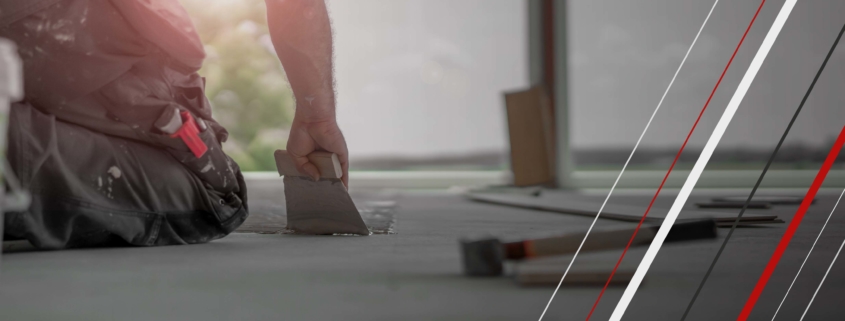Screed: What is it?
Screed is similar to concrete but is less well-known outside of the construction industry. Nonetheless, it can be an important part of any build.
Screed can be described as a thin material that is placed on top of a concrete subfloor, usually consisting of cement and sharp sand. Coarse aggregates can also be added to create a thicker layer. The layer of screed can be covered with a decorative finish, but in some cases can be left bare, such as in warehouses, where scuffs and marks can be expected. It can also be used as a flooring choice.
There are 3 main types of screeds, bonded, unbonded and floating. Bonded can be applied directly to the concrete base and is bonded, as the name suggests, to the base using a bonding agent. This is a common method for environments where heavy loads are expected and where there is no room for use of unbonded screed.
Unbonded screed can be applied on top of a damp proof membrane. This screed is at least 50 millimetres thick and the fact it is not bonded to the main structure means that settlement and shrinkage risks are reduced.
Floating is used an insulation layer of material. This is most common where underfloor heating is apparent. Typically, the thickness of this screed is around 65 millimetres for lightly loaded floors and 75 millimetres for heavy loaded floors. If using a calcium sulphate screed, 35mm depth will be sufficient for domestic use, and 40mm necessary for commercial applications.
A main reason as to why floor screed is used in homes, despite its extra expense, is to level uneven flooring. This is especially important with modern precast concrete beam and block floors, which have a distinct camber that can cause problems when it comes to laying floor finishes.


